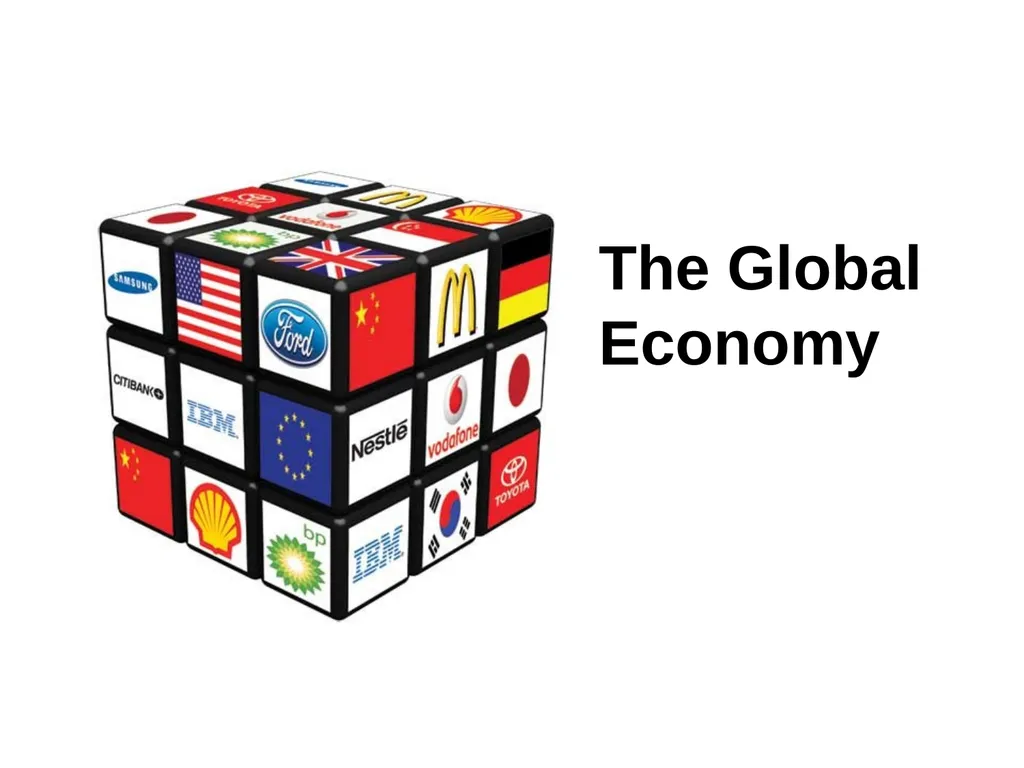
The Global Economy The Global Economy – Basic
Author: pamella-moone | Published: 2025-05-24
Description: The Global Economy The Global Economy Basic features Single World market Producers produce to exchange rather than use. Price is determined on a global scale. 3 Geographical tiers Core Semi Periphery Periphery Temporal Patterns
Download Presentation
Download the PPT/PDF: Download
Transcript:
Loading transcript�